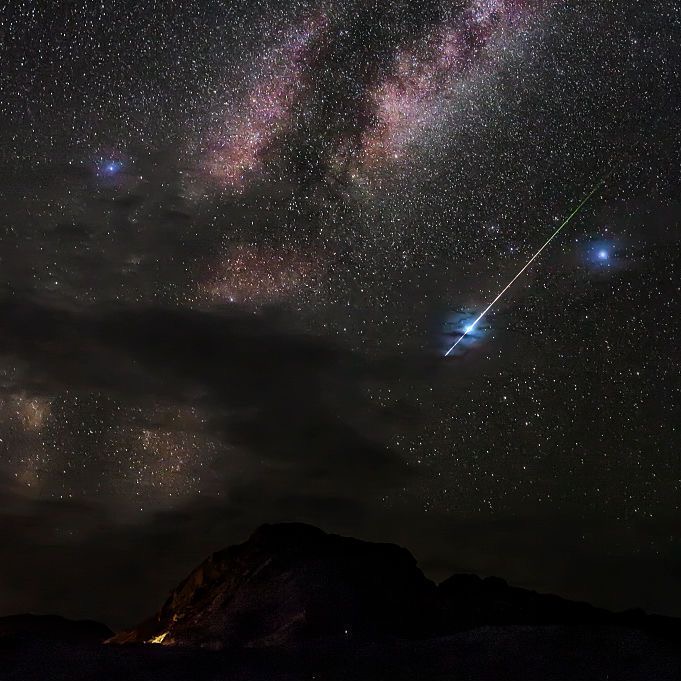
The Taurid meteor shower is an annual meteor shower that occurs in late October and early November. It is one of the most well-known meteor showers and is visible from many parts of the world. Here’s what you need to know about the Taurid meteor shower.
The Taurid meteor shower gets its name from the constellation Taurus, which is where the meteors appear to originate from in the night sky. The Taurids are actually made up of two separate meteor showers: the South Taurids and the North Taurids. The South Taurids typically occur from late September to early November, while the North Taurids occur from late October to early December.
The Taurids are known for producing bright fireballs in the sky, which are caused by larger-than-average meteors burning up in the Earth’s atmosphere. While the Taurids may not produce as many meteors as some other meteor showers, the ones that they do produce are often quite impressive.
One interesting thing about the Taurid meteor shower is that it is believed to be associated with the comet Encke. The debris from the comet’s tail creates the meteor shower as it burns up in the Earth’s atmosphere. This is different from other meteor showers, which are usually associated with debris from asteroids.
The Taurids are best viewed after midnight and before dawn, when the constellation Taurus is high in the sky. You don’t need any special equipment to view the Taurid meteor shower – just find a dark place away from city lights and look up at the sky.
While the Taurid meteor shower is not the most prolific meteor shower, it is still a beautiful and exciting event to watch. The bright fireballs that are often seen during the Taurids make it a favorite among meteor enthusiasts.
In the end, the Taurid meteor shower is an annual meteor shower that occurs in late October and early November. It is named after the constellation Taurus, where the meteors appear to originate from. The Taurids are known for producing bright fireballs in the sky and are associated with the comet Encke. They are best viewed after midnight and before dawn, and are a beautiful and exciting event to watch.
